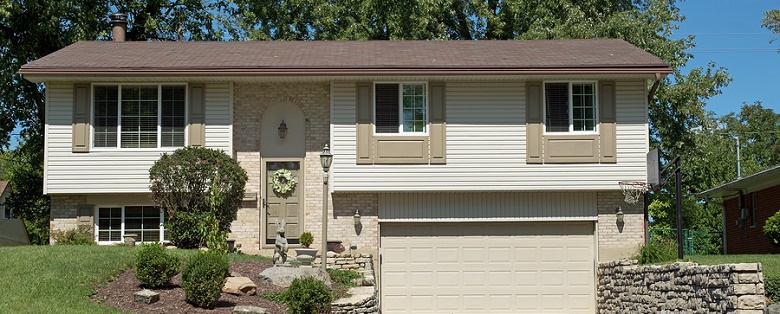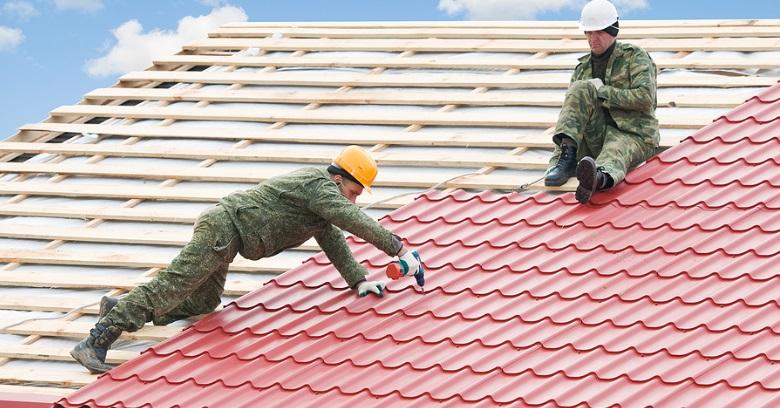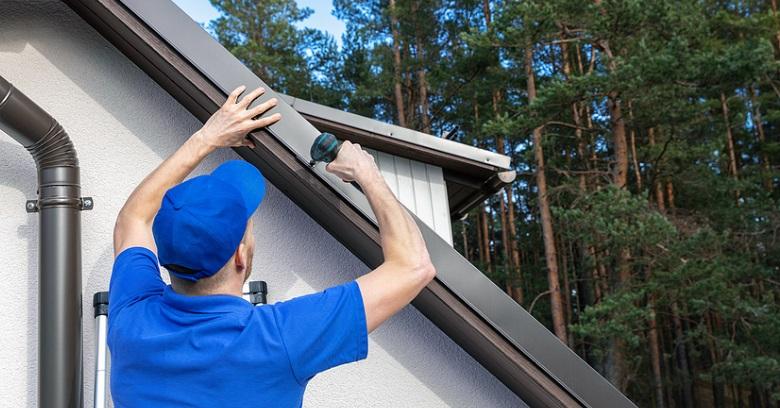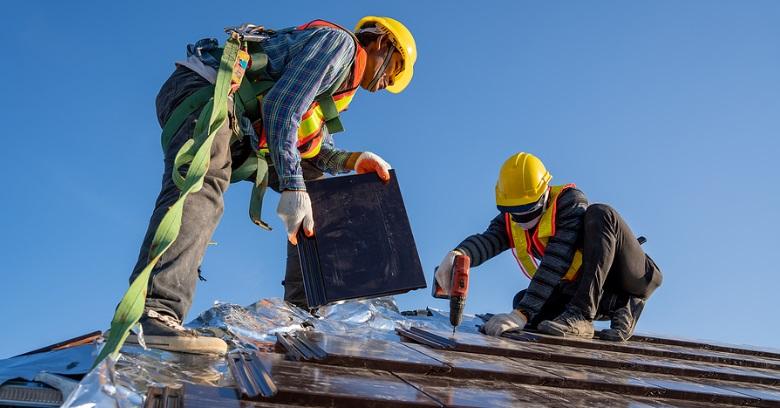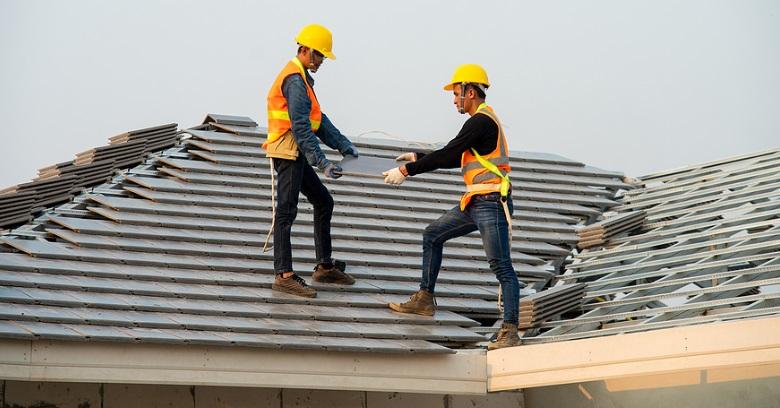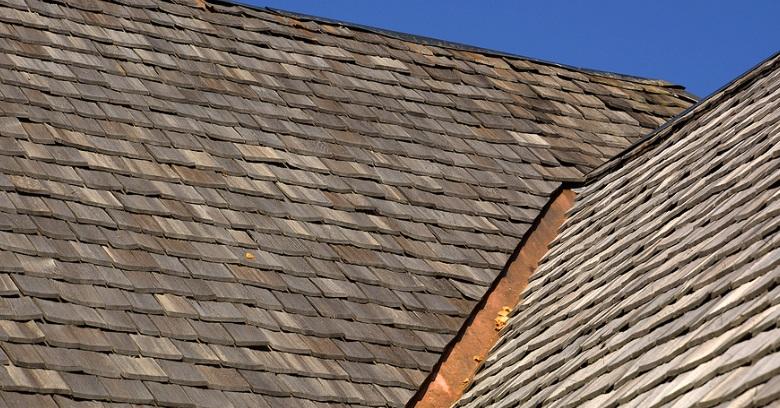Large commercial buildings often have flat or low-slope roofs. Although a low-slope roof is easier to work on, it is also prone to several problems that make flat roof repair necessary. Because flat-topped buildings hold water longer and experience a higher degree of damage from direct sun exposure, building owners need to provide routine maintenance or risk dealing with these common issues.
Moisture Damage From Leaking
Leaking is the most common cause of damage that affects low-slope roofs because there are many ways for roofs to leak. Whether leaks are caused by improper application of materials, poor maintenance, poor flashing, or damage to the surface, moisture damage under roofing layers and even into the building structure itself can be the main reason for flat roof repair.
Poorly Installed Flashing
Flashing is essential to prevent leaks in corners and around any protrusions through the top of the building. It is designed to cover vulnerable seams and edges that are more likely to allow water to enter underneath the roofing material. If improperly installed or not kept watertight, flashing cannot prevent water leakage.
Poor flashing installation can also allow blow-offs, tenting, and billowing caused by wind getting underneath the surface material. Anywhere the flashing is loose or missing becomes a prime concern for these various types of water and wind damage.
Post-Installation Penetrations and Punctures
Penetrations made through the top of the building after completion of a roofing installation are another concern, as it is difficult to get those areas water tight after the fact. Extra sealants and flashing are required; even with them, these areas are more susceptible to the leaking of water under the edges of the membrane or other material. Punctures caused by foot traffic on top of the building can also leave enough damage that leaks may result.
Membrane Blistering and Shrinkage
Improperly applied, many of the different materials used on low-slope roofs can experience blistering or shrinkage and reduce their effectiveness. Blistering occurs when there is moisture trapped beneath the layers, then bubbles form from the sun beating down on the roof. Shrinkage can happen when materials are not properly attached and pull back the edges around protrusions and seams. Both conditions can cause widespread damage and permit leakage that requires flat roof repair.
Ponding Water
Although low-slope buildings technically have enough of a slope to permit water to run off, there are times when a sloppy installation can cause water to pool up. This happens with BUR type installations when sealants are spread out unevenly, creating low spots that collect water. These areas are likely to leak after some time, so they must be remedied by leveling the roof's surface.
Poor Installation and Lack of Maintenance
Even though flat roofs may seem easier to apply than pitched roofs, they still require skill and the use of proper techniques. Sloppiness and shortcuts during the installation process are some of the main causes of roof problems, from blistering to leaking to ponding water. In addition, many commercial buildings don't get much maintenance, which shortens the life of any installation. When small issues that could be easily fixed are let go, they can become bigger concerns requiring flat roof repair.
Low-slope roofs are usually easier and less expensive to maintain that most other types; however, they do have their problems. To reduce the need for flat roof repair, building owners should work with skilled contractors that know correct installation of the different membrane materials and how to prevent the common issues mentioned above!


